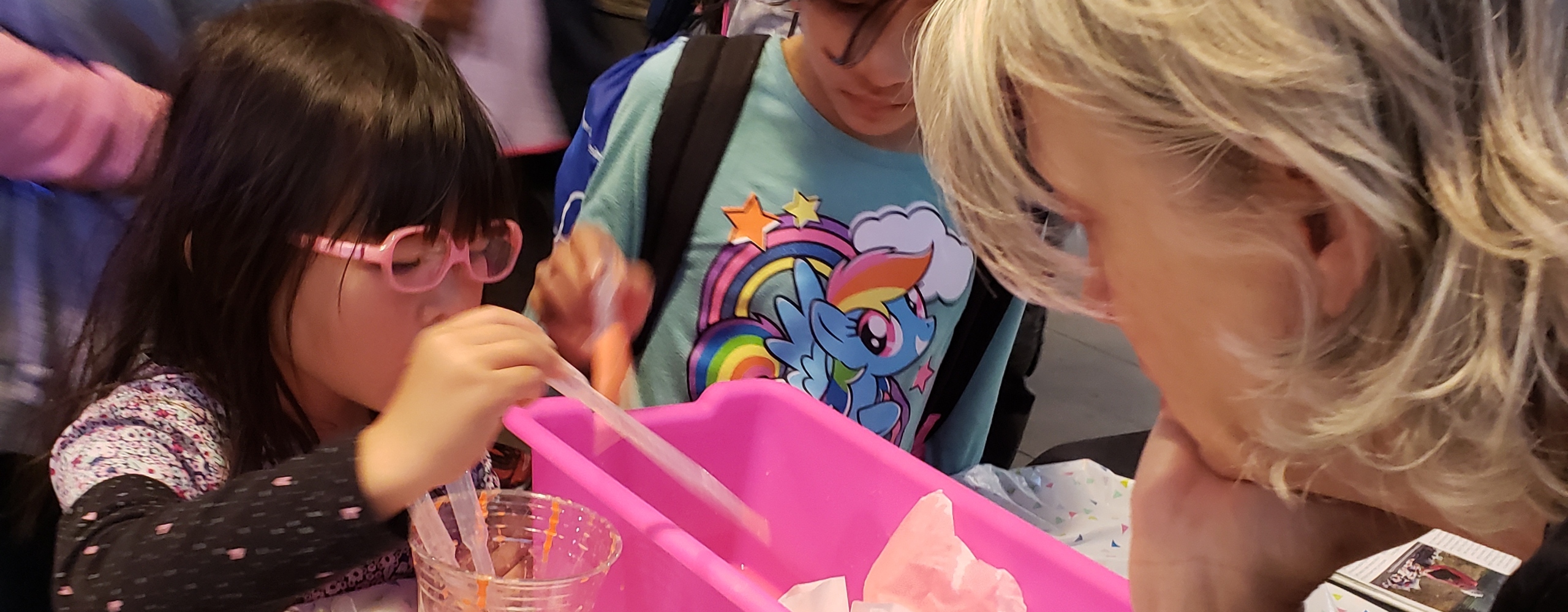In my job as a programs and policy director here at NCSE, I hear a lot from educators who are interested in teaching about climate change, but don’t know where to start. This is particularly challenging for K–6 educators, who feel that the material may be too challenging for their students, or even too frightening. This is why I was delighted to hear from Kottie Christie-Blick, a 5th grade teacher from Blauvelt, New York. Christie-Blick isn’t just any teacher; she’s published articles in several magazines, including Science & Children; received numerous grants, including the Fulbright Distinguished Award in Teaching; and is a NOAA Climate Steward. A strong advocate of educating children about climate change, Christie-Blick has been bringing climate literacy into the classroom for several years now. I was lucky to get her to sit down with me this week to chat about how she addresses climate change with her students.
Q. Why teach your students about climate change?
In my classroom there’s a poster that says: “We’ve taught the lessons. Have we made a difference? Have we helped the human race?” This is why I teach about our changing climate. The data is readily available; we know Earth is warming. If children understand why, they can begin working towards slowing down the effects. Their future quality of life depends on it. I’m pleased to see that the concept of people affecting the atmosphere is part of the newly published Next Generation Science Standards. I hope it will become standard curriculum in every classroom. I think teachers really can make a difference.
Q. How do you approach this subject with your students?
I approach climate change through the Earth’s Systems unit of NGSS. When children understand that the biosphere, atmosphere, hydrosphere, and geosphere all interact with each other, it makes sense to them that there will be some sort of reaction when people put large amounts of carbon dioxide into the air over an extended period of time. Ten-year-olds are old enough to understand chain reactions. If we’re altering the chemistry of the atmosphere, inevitably there will be some sort of effect on the way the atmosphere behaves. This will become a force to effect changes in the other systems.
Q. You work with ten-year old students. How do you approach climate change without causing fear or despair?
I’m very careful not to overwhelm them. As with teaching “Stranger Danger,” the information about global warming is too important to withhold from them. However, it can be scary if it leaves them feeling helpless and vulnerable. The solution is to empower them. They learn what to do to help slow down climate change. They understand that they can begin taking action now. That’s why my students are keen to recycle, reduce their electricity use, and look for ways to conserve.
They also understand that if they disseminate what they’ve learned, they can have an even greater impact. That’s why they helped me write an article, now published on NOAA’s Climate Steward website, on why they wanted to discuss climate change with their e-pals in South Africa, why they completed recycling action projects at home and at school, and why they asked if they could present the information at a school-wide assembly. My students have found their climate change reading and classroom activities compelling because they recognize global warming is an authentic issue. They’re ready to take bold action.
Q. Are there any activities or online videos that you particularly recommend?
The Down-to-Earth Guide to Global Warming by Laurie David and Cambria Gordon is an excellent book for fifth- and sixth-graders. My students find it interesting, and it's at an appropriate reading level. I appreciate the humorous writing style, and the use of nonfictional structures make it an engaging text and a good model for discussing Common Core writing techniques.
There’s a blossoming number of climate change websites as well, but few are appropriate for elementary children. I use NASA and NOAA sites for factual support and graphics in the classroom. The EPA’s climate change website for children is a good site for kids to explore on their own and reinforces class work. PBS has some excellent videos that help children visualize climate change.
Q. What would you recommend for elementary school teachers who are interested in teaching about climate change?
Since I began teaching about climate change a few years ago, I’ve received very little push-back from parents. I never ever bring it into the political realm. It’s a science topic with societal implications, no matter one’s political party. Putting links to NOAA, NASA, and EPA on my class website, organizations that are highly regarded by the general population no matter their political affiliation, and using their statistics in class, also assures parents that the information I’m giving their children is accurate and impartial.
I’d really like to recommend NOAA’s Climate Stewards Program for Educators. It’s a select program that accepts only one hundred American educators per year. Once in, you receive free professional development on teaching climate change in the classroom, in addition to opportunities for grant money.
The Fulbright Distinguished Awards in Teaching Program offers another outstanding opportunity for educators. Accepting only twenty educators per year, it provides teachers the opportunity to complete their own research and action projects in select countries around the world. They’re looking for educators who are interested in learning more about global issues, such as climate change, and bringing this information back to their classrooms. What could be a more perfect fit?


